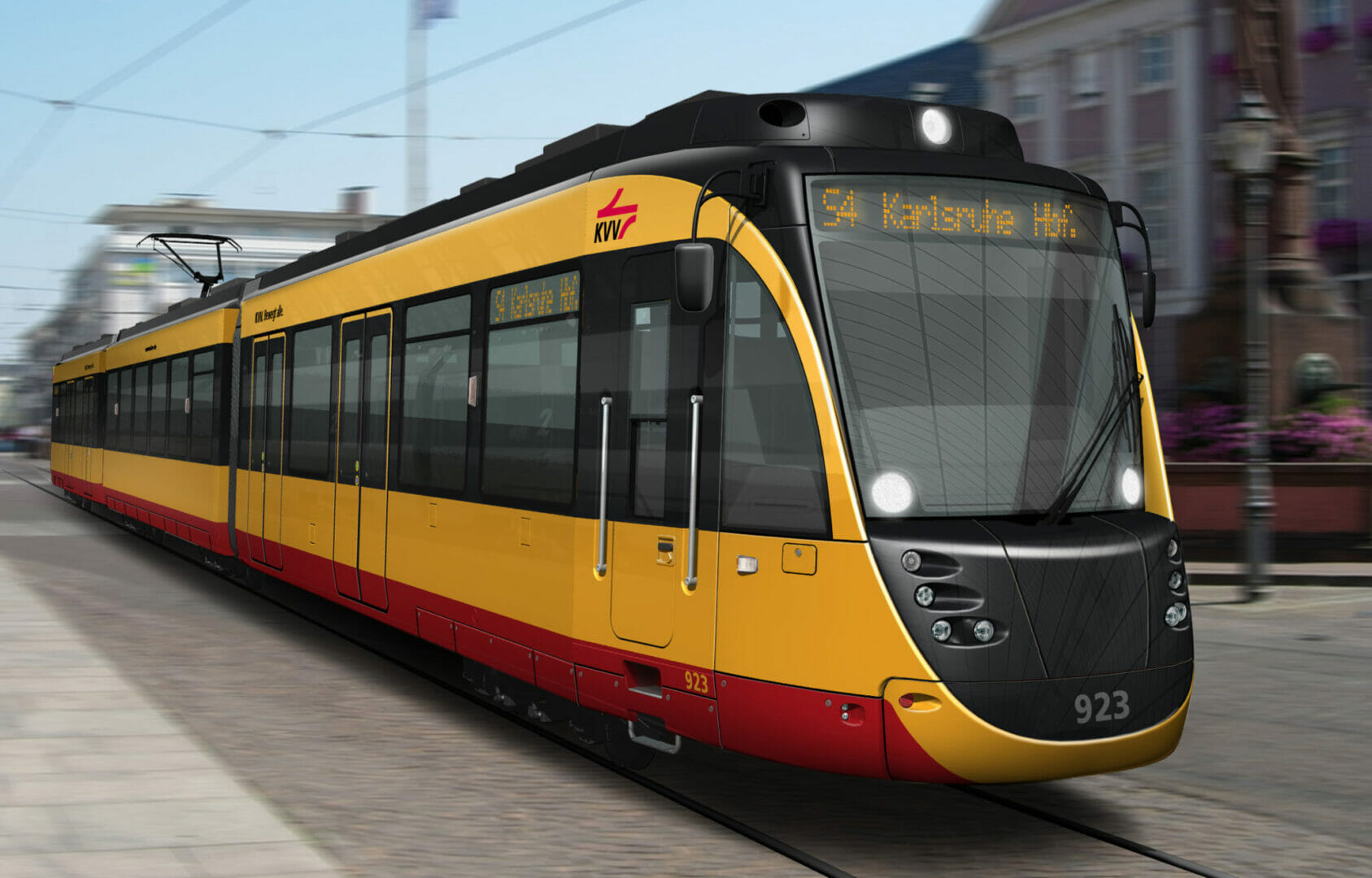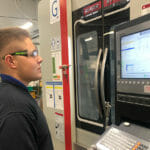~ How composite materials are driving the smart city movement ~
The island state city of Singapore is often hailed as the world’s premier smart city. With a 99 per cent connectivity rate, robo-taxis and huge network of sensors providing a large pool of data for analysis, it is easy to see why the island is at the forefront of the smart city movement. But as urban areas across the globe get smarter, how will infrastructure support their progression? Here Robert Glass, Head of Marketing at leading composite technology company Exel Composites, explains how composite materials are helping to drive the smart cities movement.
Just two per cent of people lived in cities around the world in 1800. By 2050, the United Nations predicts that 68 per cent of the world’s population will be urbanised. Escalating numbers of urban residents is already increasing the strain on public services, infrastructure and resources. Housing shortages, traffic congestion and overcrowded transport are all side-effects of having too many people in one place. To tackle rising urban populations and provide enhanced standards of living, countries across the world are turning to technology.
On the rise
A smart city is an urban area that uses a variety of Internet of Things (IoT) sensors to collect data and use it to manage assets. This data is produced from our devices and infrastructure and is used to control assets such as traffic, transportation systems, water supply networks, waste management and community resources. As a “system of systems”, value is given to a smart city by what it chooses to do with the technology, not just how much data the city has.
With data at the heart of the city, the possibilities to improve quality and efficiency are endless. If we think of our cities growing, they’re going to need to get taller. Rising buildings are going to require highly efficient elevators in order to transport people to their homes and offices, and will require more precise co-ordination. A network of data and analysis systems could enable this precision by estimating our arrival and approach towards the elevator, identify who we are and, using predictive analysis program the ideal and optimal elevator trips to respond to busy periods. For example, if a building ‘learns’ that a worker arrives at 8:00am each day and works on floor 14, artificial intelligence could make sure the elevator is ready and waiting for the worker before they need to push a button to call it.
The public transport system is another key element of smart cities. To optimise commutes, smart cities call upon sensors to accumulate and monitor large amounts of data on traffic and can predict how busy underground trains are going to be to automatically adapt the number of vehicles in use at any given time. It’s clear that a responsive data infrastructure will be as important as the electrical and water utility infrastructures in place today. To support this infrastructure, composites will play a key role in providing uninterrupted data flows.
Calling on composites
Composites offer great possibilities to enclose and protect data infrastructure, such as transmitters and other devices that facilitate radio frequencies. Unlike metals that block these signals, composites such as fiberglass are radio transparent. This makes composites the ideal material to allow a continuous data flow throughout a smart city that keeps its assets running without interruption.
With the implementation of 5G being another key driver in the smart city movement, the technology relies on an extensive network of small cells to transmit and receive signals. Composites can enable a fast roll out of 5G services with glass fiber profiles that are almost invisible to these frequency waves. Fiberglass antennas can be hidden in plain sight on existing infrastructure such as light poles and traffic lights, allowing cities to easily integrate the technology. At Exel, we’ve been manufacturing radio transparent outdoor structures for many years, and expect to see the lightweight, corrosion-resistant and radio transparent qualities of composites helping to drive data around smart cities today and in the future.
Infrastructure presents a further barrier for short wave frequencies and could cause 5G to, quite literally, hit a wall. Due to its ultra-low latency, the availability of 5G could be dramatically reduced as its high frequency may struggle to penetrate buildings. With 80 per cent of device use occurring inside buildings, this loss or reduction in availability significantly impacts the technology’s uptake.
However, incorporating fiberglass components into buildings, such as in window and door frames, will help reduce signal attenuation into our houses and businesses. In addition, because fiberglass is capable of withstanding strong ultra-violet (UV) rays, extreme temperatures and varying levels of humidity, composite components also provide smart city buildings with a durable material that reduces overall lifetime costs.
To optimise public transport, composites can provide a lightweight solution that helps to reduce the overall vehicle weight of buses and trams. They are used throughout vehicles, from fiberglass exterior panels to carbon fiber stiffeners and battery boxes. This helps save fuel, reduce pollution and lower vehicle lifetime maintenance costs.
Taking notice
The main hurdle that composites face is simple awareness. Many manufacturers may not be aware that composites are an alternative to the materials they are using today in buildings, infrastructure, transportation and telecommunication projects simply because it has not crossed their minds to explore new options. Working alongside an experienced composites manufacturer, like Exel, who can explain both the benefits of composite materials and their ability to produce smart city solutions using cost-efficient manufacturing processes will help break down this barrier.
Smart cities are no longer a thing of the future. While Singapore is often considered as one of the first cities to benefit from increased data handling, the likes of Barcelona, Helsinki, Seattle and Milton Keynes are also positively altering the lives of millions of urban residents. While data remains in the driving seat of the smart city movement, this information cannot flow freely without effective infrastructure. Composite materials play an important and growing part in the success of a smart city, and their range of benefits create durable solutions that help manage assets efficiently.








